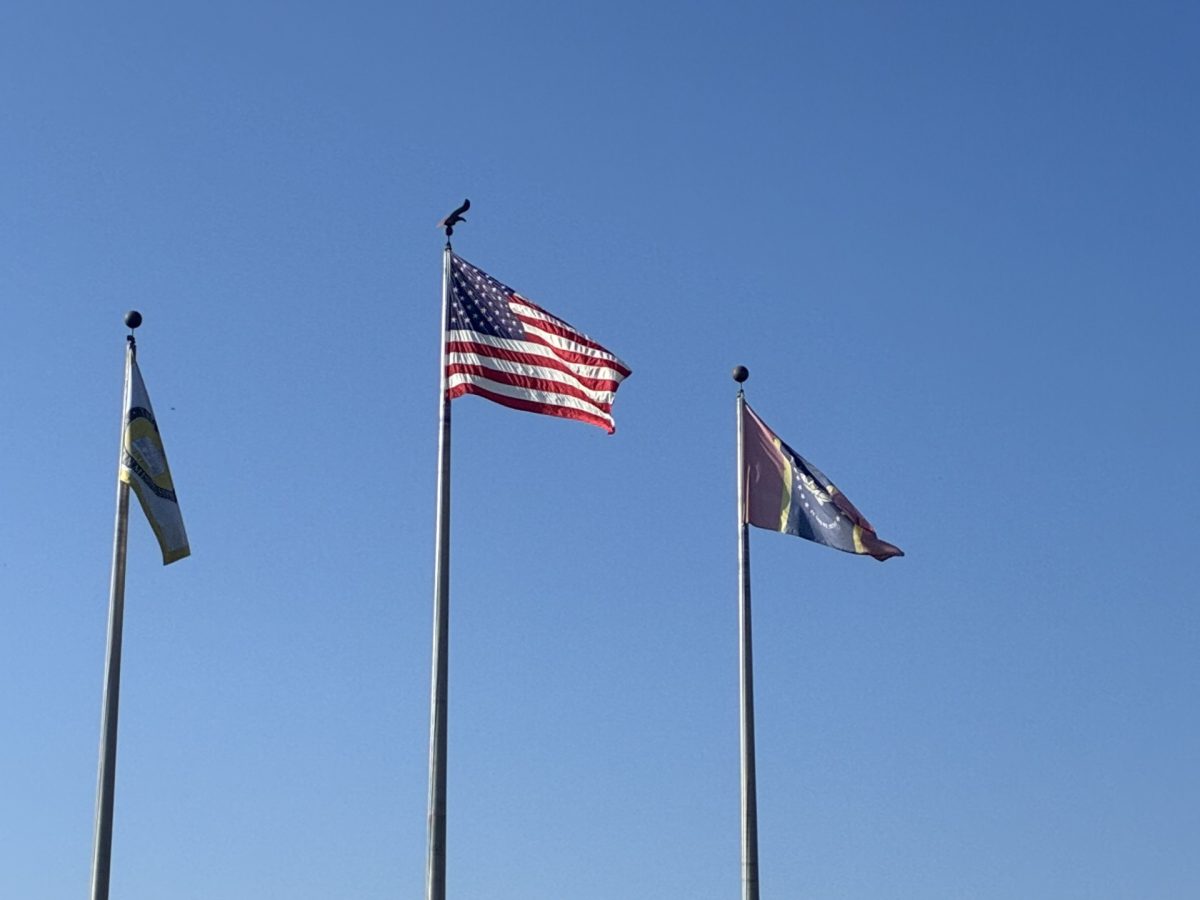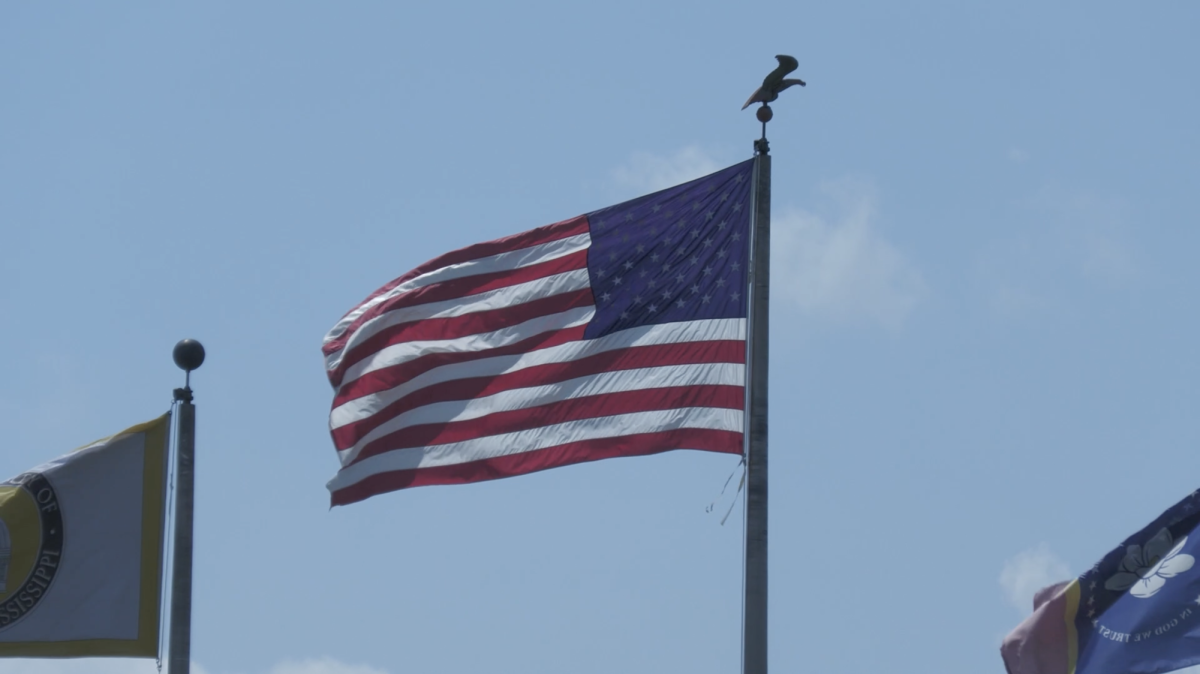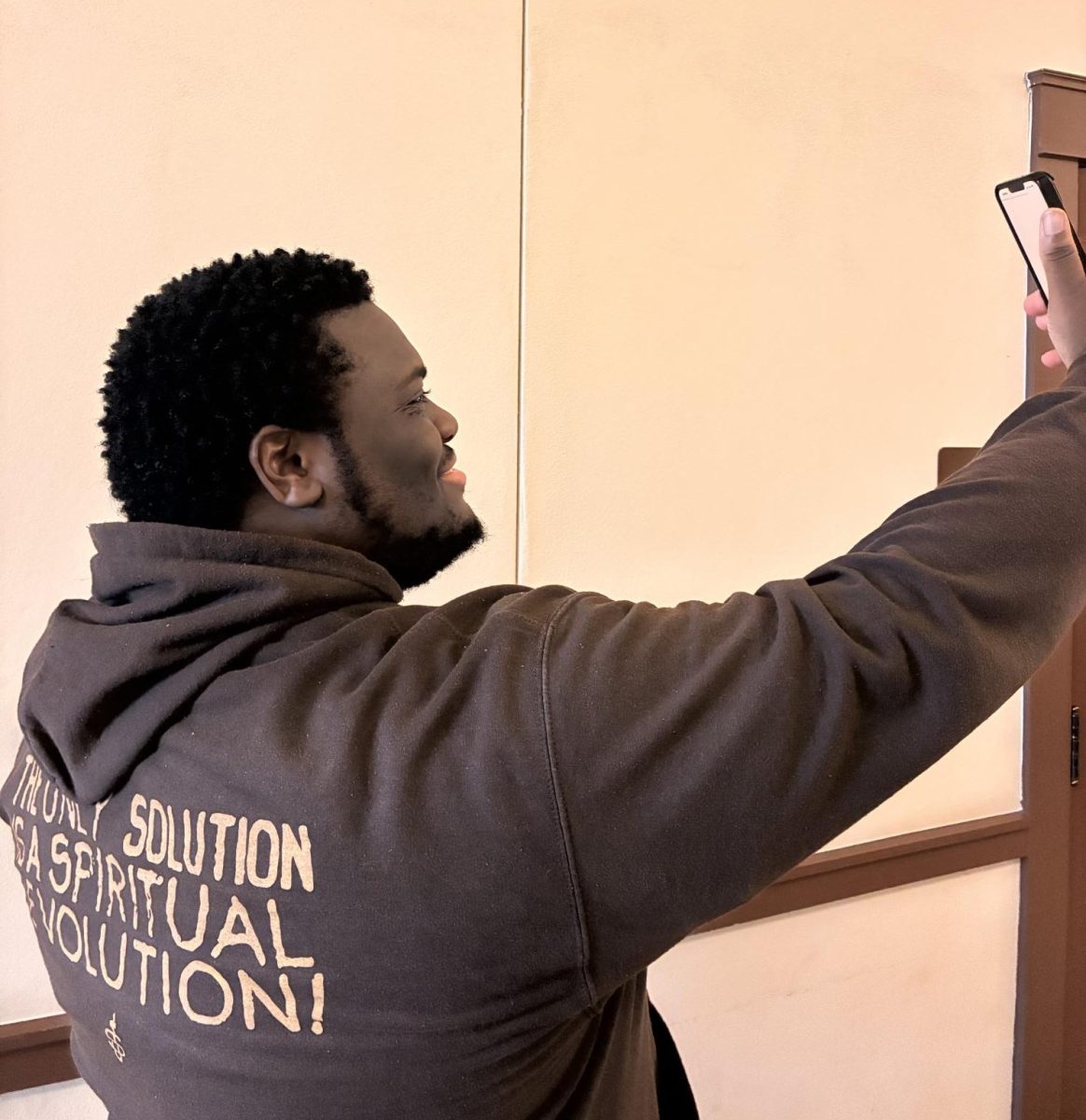
The drought causing California Gov. Jerry Brown to declare a state of emergency in multiple counties is not just a Californian issue, as economic side effects of the three-year drought span from coast to coast, affecting the entire country.
The drought affects the wallets of Mississippians. As the water supply decreases, farmers lose access to water and are unable to grow as many crops, said Trellis Green, an economics professor with the Department of Political Science, International Development and International Affairs.
“It’s basic economics 101 and 102,” Green said. “As supply goes down and demand rises, prices increase.”
Oranges and other citrus fruits are affected by the drought because the farmers are unable to grow as big of a supply as there is a demand.
Wild fires are another issue with the drought because “fires work with the drought to raise prices,” Green said. The suppliers regain the money they lost because of fire by passing the cost on to the consumers, thus causing food prices to rise.
The reduced production and reduced supply with an increased demand—because of the combination of fire and drought—creates the bulk of price increases for people in Mississippi.
Multiyear droughts are not particularly common but not unheard of for California.
According to the website of the California Department of Water Resources (DWR), the state has experienced nine multiyear droughts since 1900.
The report noted three especially important drought periods.
“The 1928-35 Dust Bowl drought established hydrologic criteria widely used in used in designing storage capacity and yield of large Northern California reservoirs,” the page said. This historic drought occurred during the Great Depression and exacerbated the issues associated with the Dust Bowl.
The 1976-77 drought was a wake-up call for California. The water providers were unprepared for the drought. As a result, 81 percent of counties in California experienced local drought related issues.
The most iconic symbol from the drought was a hastily built pipeline that laid across the San Rafael Bridge. This pipeline brought water to Marin Municipal Water District in Marin County.
“The 1987-92 drought was notable for its six-year duration and, relatedly, its impacts on reservoir carry-over storage,” the DWR said. During the driest and fifth year, the drought forced the DWR to start a “drought water bank.” Twenty-three of the 58 counties had local drought emergencies during this drought.
Public safety is a massive concern of Californians. A “lack of water for domestic purposes, for maintaining required distribution system pressures in public water systems or for maintaining distribution system fire flows” are the main concerns of the drought, according to the DWR.
Wildfires are another significant safety concern, and the longer the drought is, the most the risk is.
The impacts of drought are first felt by those on unmanaged water supplies, such as agricultural business, according to the DWR.
Rural areas are more affected than urban areas, which can provide three to four years of normal service to their customers. They can do this because of the economic advantage they have, allowing them to invest in providing a high level of water supply reliability.
Risks associated with prolonged drought can be separated into categories: health, safety, environmental and economic.
Catastrophic wildfires, reduced drinking water supply for rural areas, continued land erosion and loss of land for ranches and farmers, combined with less water allocations to grow crops, are all risks of prolonged drought.
Some may question the validity of seawater desalination plants, but according to the DWR, these plants are not cost-effective because of the regulatory hurdles that must be overcome to create one. Additionally, the one plant located in Santa Barbara does not create much water used by Californians. It produces less than 0.001 percent of the water used.
This drought is particularly bad.
San Francisco, Los Angeles, Sacramento and Fresno all reported 2013 as their driest year. Additionally, according to the U.S. Drought Monitor, 80 percent of California is in extreme or exceptional drought. Many point fingers at climate change as the culprit of the prolonged drought.
“The extreme atmospheric high pressure over the Pacific northwest has directly influenced or ‘caused’ the drought,” said Haley McMinn, the assistant director of sustainability for the Physical Plant. She pointed to a study by researchers from Stanford University which attributed the historically lower amounts of precipitation in California to high pressure.
“Further, this group of researchers posits that because of human greenhouse gas emissions this high pressure is much more likely to occur,” McMinn said.
El Niño—when warm waters develop in the Pacific Ocean and cause rain—is the solution to California’s drought problem, and relief may be around the corner because the National Oceanic and Atmospheric Administration said there is an 80 percent chance of El Niño occurring.
However, it is currently only predicted to be a weak or moderate season, which will be unable to reliably solve California’s problem.
For now, the state government of California will continue to combat the drought. They do so through a myriad of ways. Financially, Gov. Brown signed drought relief legislation worth $687 million dollars, and President Obama announced $183 million in additional aid from the federal government, according to the Center for Investigative Reporting. The DWR website said increased water conservation education and outreach programs, mandatory or voluntary rationing, increased (groundwater) pumping and short-term water transfers are common reactions to multiyear droughts.





























